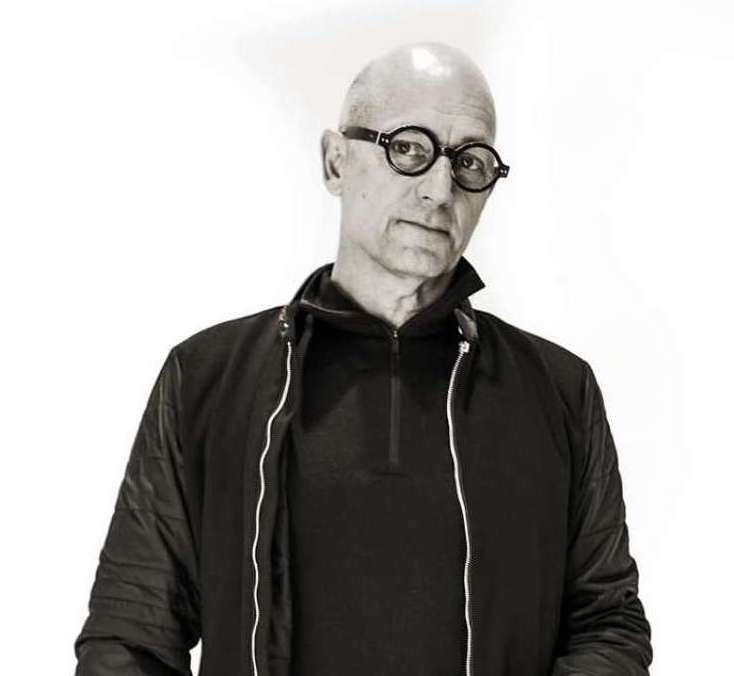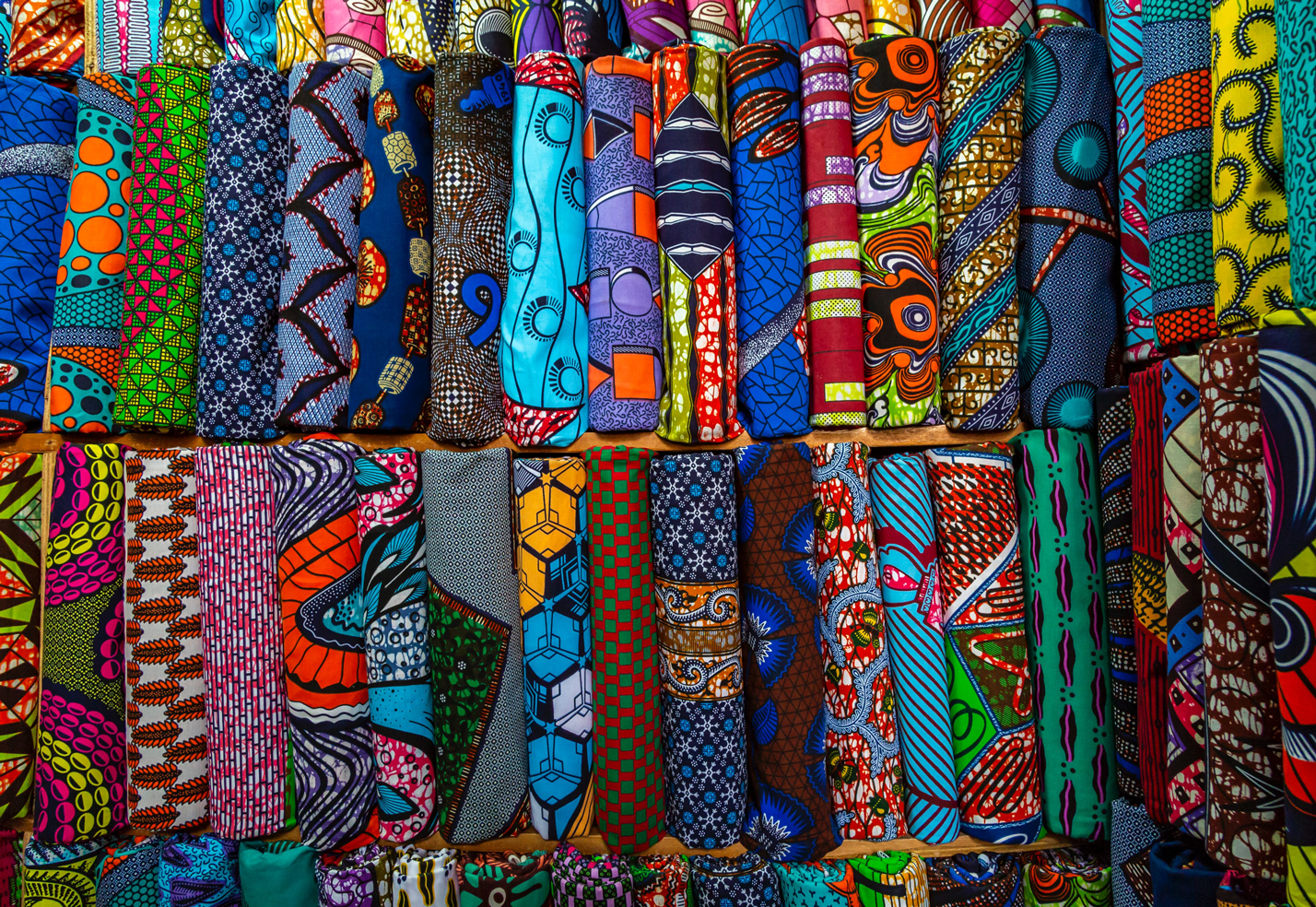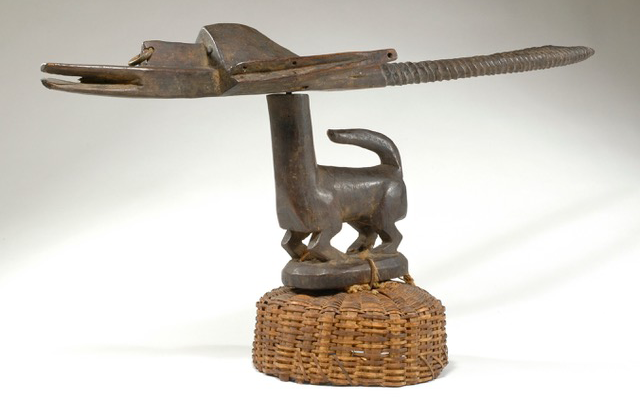To learn more about the
DDW session and to buy
tickets, visit here.
A: I’ve been traveling all over the world since I was a child. My first trip to Africa was in 1998, and I’ve gone every year since, typically to new countries every time. I usually go with my wife and sometimes with my sons, who are 20 and 25. What many people don’t realize is that Africa is huge—you can fit America, Australia, China and Europe within Africa. There are 54 African countries, and the United States fits within the Sahara Desert alone. Most people who travel to Africa go to see the wildlife; it’s something they cross off their bucket list: “Oh, we’ve done Africa now.” But Africa is so much more than that.
A: Yes. The thing I like about remote places is that they get me out of my comfort zone. I tend to learn the most about myself and about life through struggle and hardship, and I think these remote cultures are very happy with nothing. That kind of puts everything into perspective. As an architect, I like to sketch and draw a lot when I travel. I keep copious journals, and I like to photograph in early morning and late evening light. These remote African landscapes allow me to do that. The Sahara Desert is one of the oldest in the world, and it’s enormous. Five thousand years ago, it was a temperate rainforest, and there are petroglyphs throughout the Sahara showing cheetahs and leopards and giraffes and elephants that haven’t been there for thousands of years.



A: What’s interesting about witnessing these vanishing cultures and societies is that I get to experience traditions in architecture, whether it be a mud structure or something made out of sticks and tumbleweed. The work is very honest in its methods, its details and its constructability. So much of American architecture, it seems to me, is about excess and fluff—there’s too many materials, too many details. And the older I get, and the more our studio evolves as a firm, the more I find the old Mies van Der Rohe saying “Less is more” to be true. These remote villages teach me that—that you don’t need a lot to make structure.
A: We travel either just the two of us, my wife and I, or the four of us. We don’t like to be with other people because we don’t want to compromise on what we experience: the basketry, the weaving, the textiles, the carving. We typically have a guide or driver. Sometimes we pitch a tent and camp; sometimes we stay in unusual accommodations. We don’t need a shower; it’s dry, like Colorado, other than around the Equator.
A: I’ve been collecting for 20 years and have over 450 pieces. Sometimes I carry them home, sometimes I ship them here. Each culture in Africa produces very specific kinds of things. For example, in Congo, the Lega people are known for their carving because there are lots of trees there. The Kuba people are well known for their cloth made of raffia palm. Over the years, my eye has gotten better at spotting the authentic, but my wife and I just pick things that appeal to us. The great thing about tribal art is that it has many layers and meanings—the pieces all have history and ritual.
